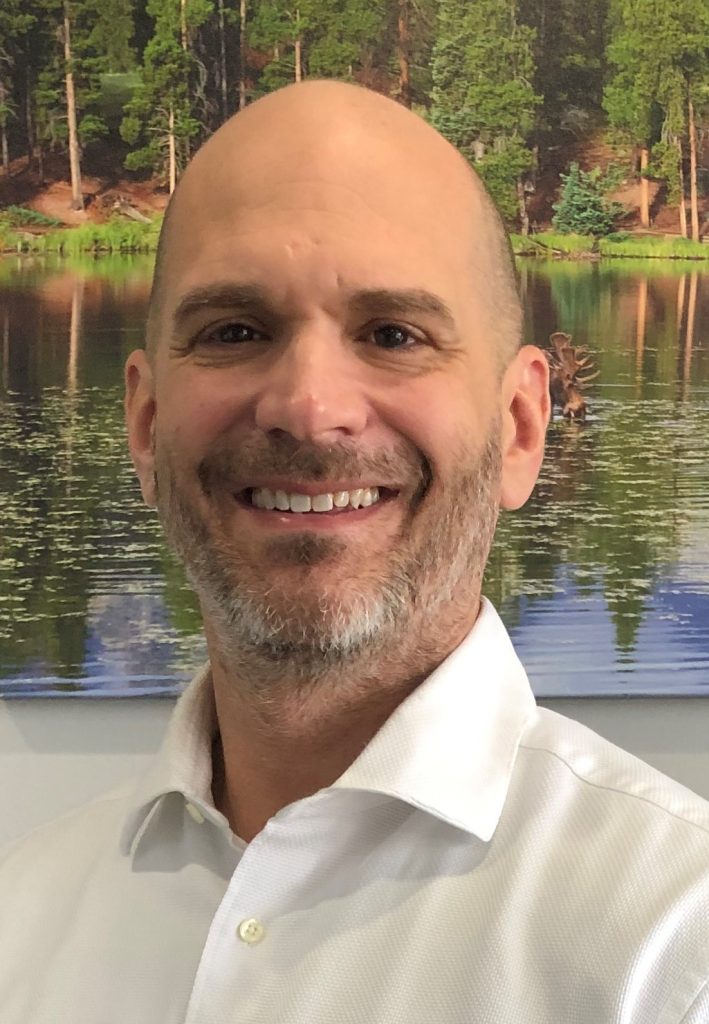
Non-Spinal Auto Collision Injuries in Chiropractic Practice Pt 1
Martin Schmaltz, DC, CCIC, DIANM
drmartinschmaltz@gmail.com
2 hours of Documentation/SOAP$30.00 $29.00
The most common auto injuries seen by chiropractors include the neck, upper back and low back. Yet many patients present with non-spinal injuries to the TMJ, upper extremity and chest. In some instances, it can be easy to overlook these injuries or associate them with the spinal injuries. To offer the patient the best care possible, proper documentation, examination and diagnosis is essential for either treatment or proper referral. Based on current literature and years of experience, this course covers some of the more common non-spinal auto collisions injuries that are likely to be presented in the chiropractic practice.
HOUR 1 – Documentation, History, TMJ, Shoulder
HOUR 2 – Impingement Syndrome, AC Sprain, Rotator Cuff, Hand/Thumb, & Chest Injuries
Approved For Continuing Education Credit in Illinois, Kansas, and Missouri.
PACE courses are accepted for Continuing Education Credit by The State Boards of Alaska, Connecticut, District of Columbia, Idaho, Indiana, Iowa, Kansas, Maine, Maryland, Massachusetts, Minnesota, Montana, Nebraska, Nevada, New Hampshire, New Jersey, North Carolina, North Dakota, Ohio, Oregon, Rhode Island, South Carolina, South Dakota, Utah, Vermont, Virginia, Washington, and Wyoming. The State Board of Colorado does not pre-approve courses, but this class meets the criteria set forth by their respective boards.






